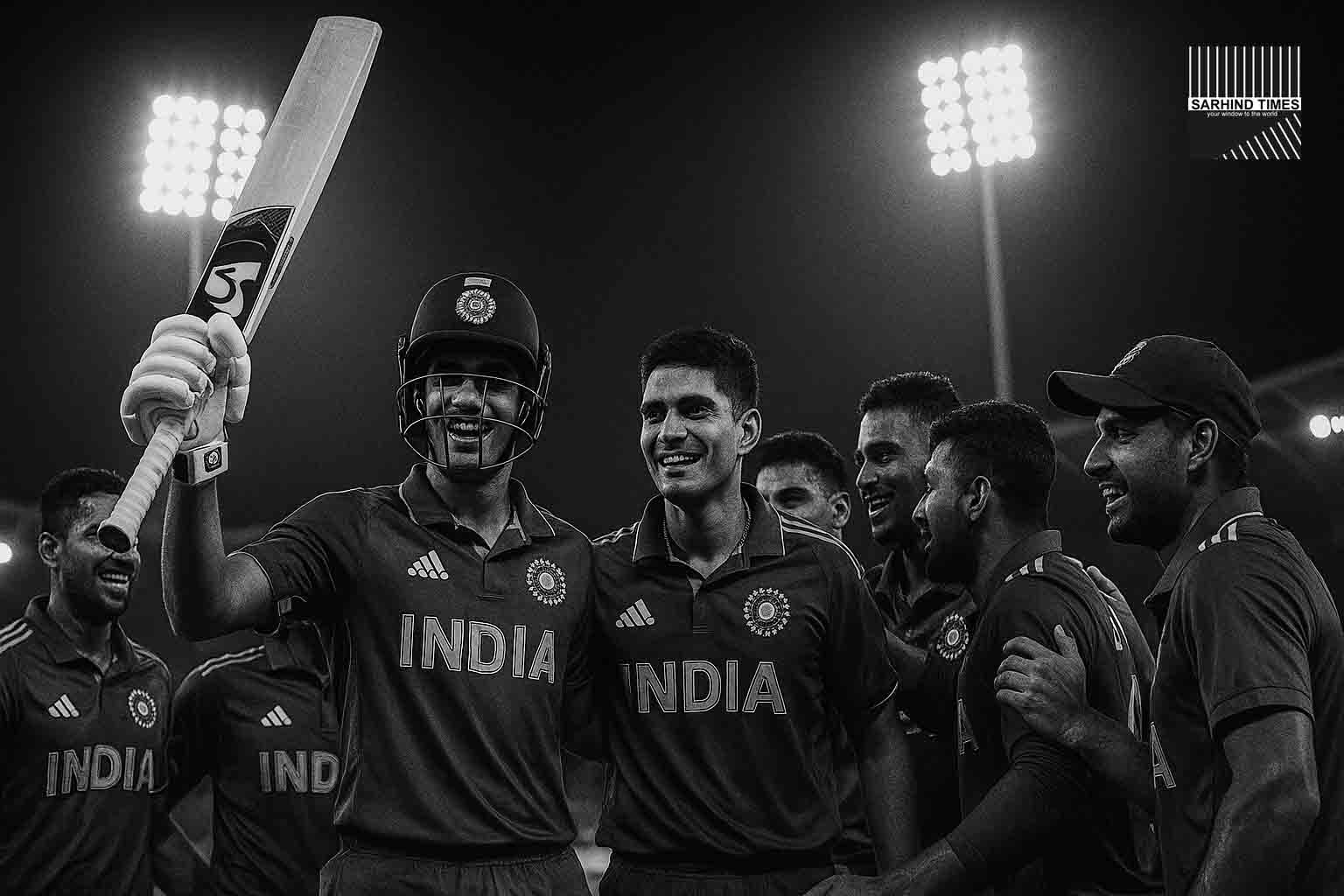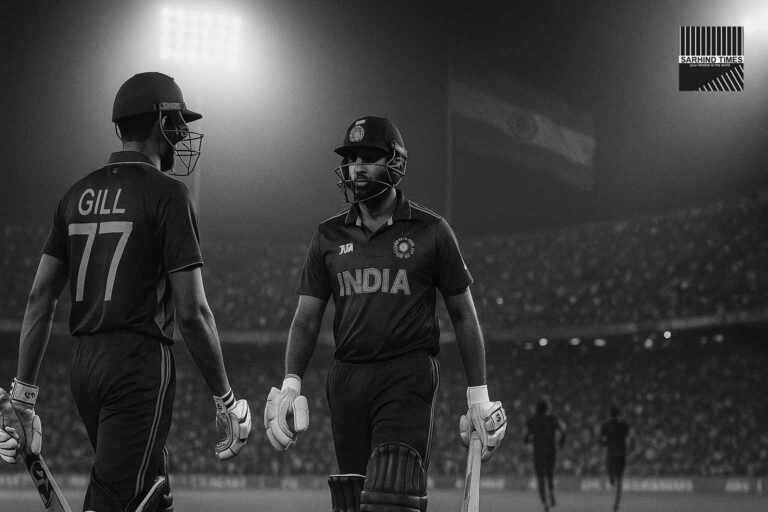In what is always more than just a cricket match, India vs Pakistan once again delivered high drama, passion, and quality cricket. At the Dubai International Stadium last night, India opened their Asia Cup Super Four campaign with a composed six-wicket victory, underlining both batting firepower and bowling discipline.
The clash wasn’t merely about two points on the table—it was a test of nerve, strategy, and execution in cricket’s fiercest rivalry. For India, this win brings momentum, confidence, and tactical clarity going deeper into the tournament.
Abhishek Sharma: The Breakthrough Star
India’s chase revolved around Abhishek Sharma’s 70-plus blitz. His innings was a masterclass in powerplay batting: strong square of the wicket, fearless lofted drives, and impeccable shot selection.
His aggression rattled Pakistan’s new-ball bowlers, forcing them to adjust lengths early and leaving the opposition scrambling. Analysts already see Sharma as a potential long-term opener, capable of complementing the stability of Shubman Gill and Rohit Sharma in different formats.
Gill’s Anchor Role
While Abhishek’s fireworks lit up the first 10 overs, Shubman Gill’s composure ensured India never lost sight of the chase. Rotating strike effectively, Gill absorbed pressure when wickets fell, turning the middle overs into a phase of controlled accumulation.
Gill’s ability to adapt—switching between aggression and patience—embodied India’s new batting flexibility.
Bowling: Bumrah’s Fire, Spinners’ Web
Earlier in the evening, Jasprit Bumrah’s precision at the top and in the death overs kept Pakistan 15–20 runs short of a par total. His mix of searing yorkers and well-directed short balls created constant pressure.
India’s spinners then tightened the screws, exploiting a surface that offered true bounce but demanded discipline. By cutting off boundaries and forcing risky strokes, they reduced Pakistan’s middle order to reactive batting.
Pakistan’s Missed Opportunities
Pakistan’s innings never quite shifted gears. While the openers provided a steady start, the middle order lacked acceleration.
- Middle-order tempo: batsmen soaked too many dot balls in the middle overs.
- Death bowling woes: without consistent yorkers, India’s chase became easier in the closing overs.
Captain Babar Azam admitted post-match that the team needed “better intent in the middle” and “more discipline in execution”.
India’s Bench Depth on Display
A notable takeaway was India’s bench strength. Despite resting senior players in recent matches, the squad showed depth with youngsters stepping up and veterans complementing them.
The team management emphasized this balance: “It’s not just about XI players anymore—it’s about a squad that can adapt across conditions and opponents.”
This flexibility is crucial as selectors keep one eye on the ICC cycle ahead.
Tactical Takeaways
- India: Blending aggression with control; multiple batting options; world-class new-ball and death bowling.
- Pakistan: Need sharper batting in the middle overs; bowling attack requires fine-tuning, especially at the death.
Rivalry Beyond the Boundary
India-Pakistan games always transcend cricket. Social media lit up with millions of posts, stadium stands echoed with chants, and television ratings soared.
For fans, it was not just a game—it was national pride, sporting drama, and emotional release.
The Road Ahead
With this win, India takes a psychological edge into the rest of the Super Four stage. For Pakistan, regrouping quickly will be critical if they are to stay in contention.
The tournament is still wide open, but India’s victory has reshaped the narrative: the Men in Blue look sharp, balanced, and ready to dominate.
#AsiaCup #INDvPAK #TeamIndia #AbhishekSharma #ShubmanGill #Bumrah #Cricket #Sports

























+ There are no comments
Add yours